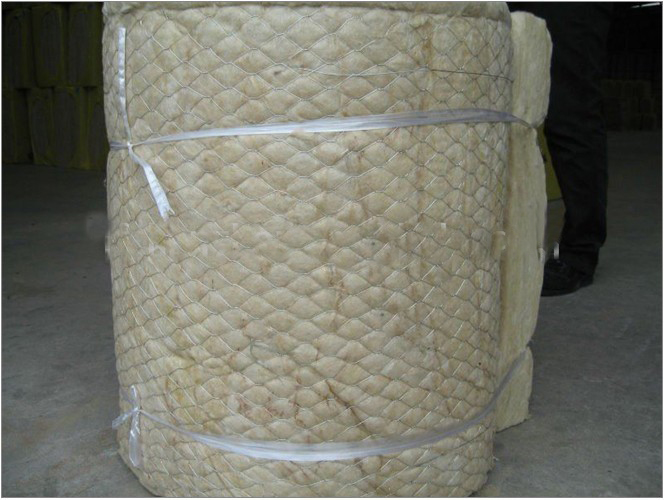
Rock (mineral) wool 
Fiberglass
Glass fiber insulation and rockwool have become the mos used types of insulation for soundproofing and thermal insulation in Kenya. Many people are not able to understand when to either use rock wool in they insulation purposes or fiberglass insulation in Kenya.
The following lists provides a comparison of the two products and can help in determining when to use either.
R-Value: The thermal resistance of insulation is measured by what’s commonly known as the R-value, and the higher the R-value, the better. Fiberglass has an R-value of approximately 2.2 to 2.7 per inch of thickness. Mineral wool has a slightly higher R-value, ranging between 3.0 and 3.3 per inch.
Size: Fiberglass insulation is available in a wider range of sizes and types than mineral wool. Mineral wool insulation is typically only available in unfaced batts.
Sustainability: Mineral wool is composed of 70 percent or more recycled content. Fiberglass insulation typically contains 20 to 30 percent recycled content.
Cost: Fiberglass insulation costs 25 to 50 percent less than mineral wool.
Density: Mineral wool insulation has superior sound-deadening properties. It has a density of 1.7 pounds per cubic foot, as compared to 0.5 to 1.0 for fiberglass. Because of its density, mineral wool is hard to compress. Fiberglass, on the other hand, will lose some of its insulating value if it’s compressed too tightly.
Weight: Fiberglass is lightweight and easy to carry, but the batts are rather limp and can be challenging to set into place. Mineral wool (Rockwool) is heavier than fiberglass, but the batts are also stiffer, so they don’t bend or flop over as easily.
Water Resistance: Mineral wool insulation is hydrophobic, meaning it’s highly resistant to moisture and water. Since it doesn’t absorb moisture, mineral wool doesn’t promote rot, corrosion, fungi, mold, mildew or bacterial growth. If fiberglass insulation gets wet, it becomes soggy, and its insulating value drops significantly.
Loose-Fill: Loose-fill fiberglass insulation provides a quick, easy and economical way to insulate attic floors and wall cavities. Loose-fill mineral wool does exist, but it’s difficult to find.
Installation: Mineral wool (Rockwool)comes in dense, firm batts that are friction-fit into place; no stapling required. Fiberglass batts must be secured with staples or wire. To cut fiberglass insulation, compress it flat with a board or metal straightedge, then slice it with a utility knife. Use a serrated bread knife or woodcutting handsaw to cut mineral wool insulation. It’s recommended that you wear a dust mask when cutting and handling any type of insulation, including fiberglass and mineral wool.
Fire Resistance: Mineral wool (Rockwool)is extremely fire resistant and can be used as a firestop. Fiberglass insulation is noncombustible, but not nearly as fire resistant as mineral wool.
Kingsman Eng. & Industrial Insulation is the leading supplier of fiberglass insulation in Kenya and Rockwool Insulation blankets in Nairobi. However, we do deliveries throughout the country and also in Uganda, Rwanda and South Sudan.
Calls us Via +254 720 847 049
